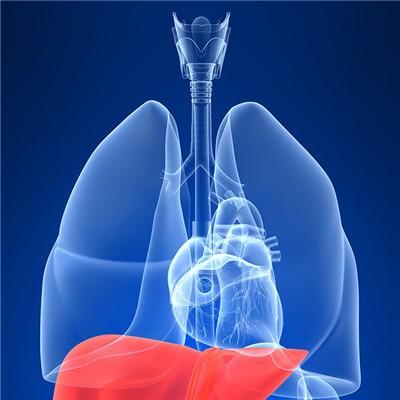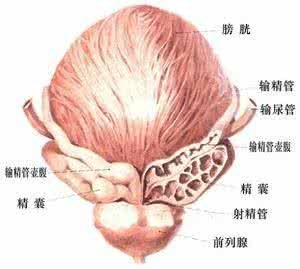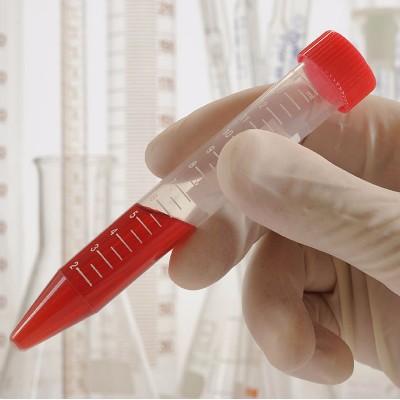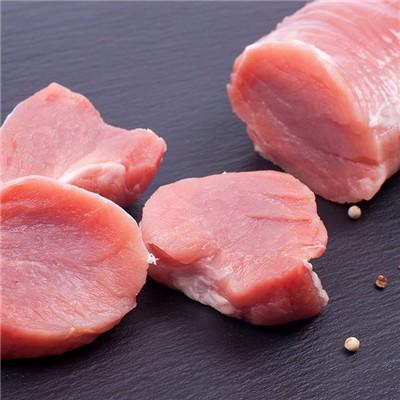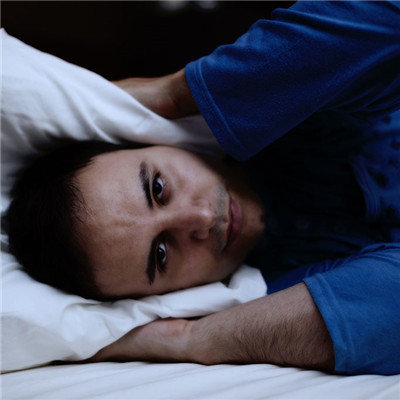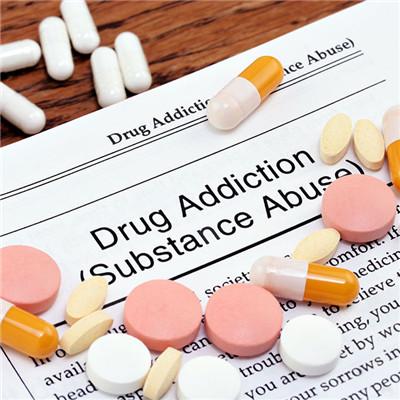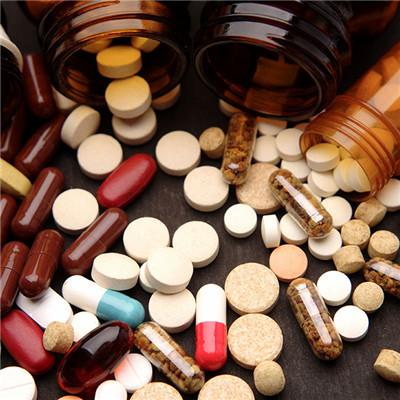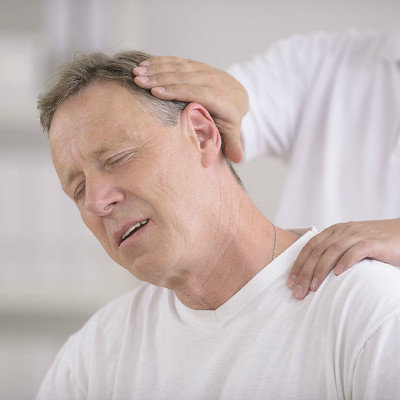Symptoms and signs of cor pulmonale
summary
Pulmonary heart disease (PhD) is mainly caused by pulmonary hypertension caused by bronchial pulmonary tissue or pulmonary artery vascular disease. According to the onset and duration of disease, it can be divided into acute and chronic. The latter is more common in clinic. In addition to the symptoms and signs of the original lung and chest diseases, the main signs of the disease are gradually lung and heart failure and other organ damage. What are the symptoms and signs of cor pulmonale? Next, I'd like to share my views with you.
Symptoms and signs of cor pulmonale
Cough: cough is the main symptom of cor pulmonale. When suffering from cor pulmonale, the bronchial wall has a variety of inflammatory cell infiltration, and accompanied by congestion, edema and fibrous tissue hyperplasia. The number of mucus acini, gland hyperplasia and hypertrophy, mucus secretion increased significantly. Repeated pulmonary infection stimulates the bronchial wall continuously, so that the amount of sputum increases significantly, leading to frequent cough in patients with cor pulmonale.
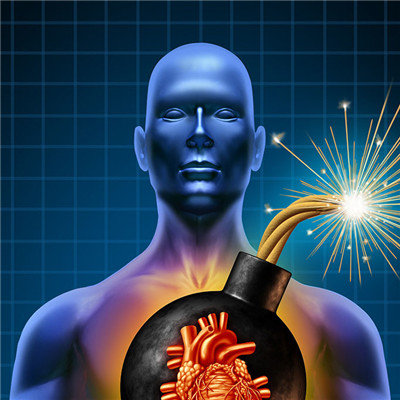
Dyspnea: dyspnea in patients with cor pulmonale is both a symptom and a sign. The subjective feeling of patients with insufficient air, the objective performance of breathing force, accompanied by changes in respiratory rate, depth and rhythm. With the progress of the disease, the dyspnea of patients with cor pulmonale is gradually obvious, so that they have dyspnea even in the state of slight activity and rest.
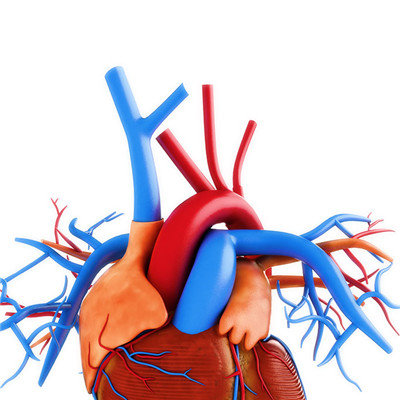
Hemoptysis: hemorrhage caused by pathological changes of trachea, bronchus or lung parenchyma, excluding upper respiratory tract hemorrhage, is called hemoptysis. At present, hemoptysis due to tuberculosis accounts for the majority, followed by respiratory infection in lung cancer patients is more common, pulmonary heart disease patients hemoptysis is not common, its incidence is far lower than bronchiectasis, lung cancer, tuberculosis.

matters needing attention
1. Actively take various measures to promote smoking cessation. 2. Actively prevent and control the predisposing factors of primary diseases, such as respiratory tract infection, various allergens, inhalation of harmful gases, etc. Pay attention to keep warm. 3. Choose appropriate physical training methods, such as Taijiquan, walking, etc.



